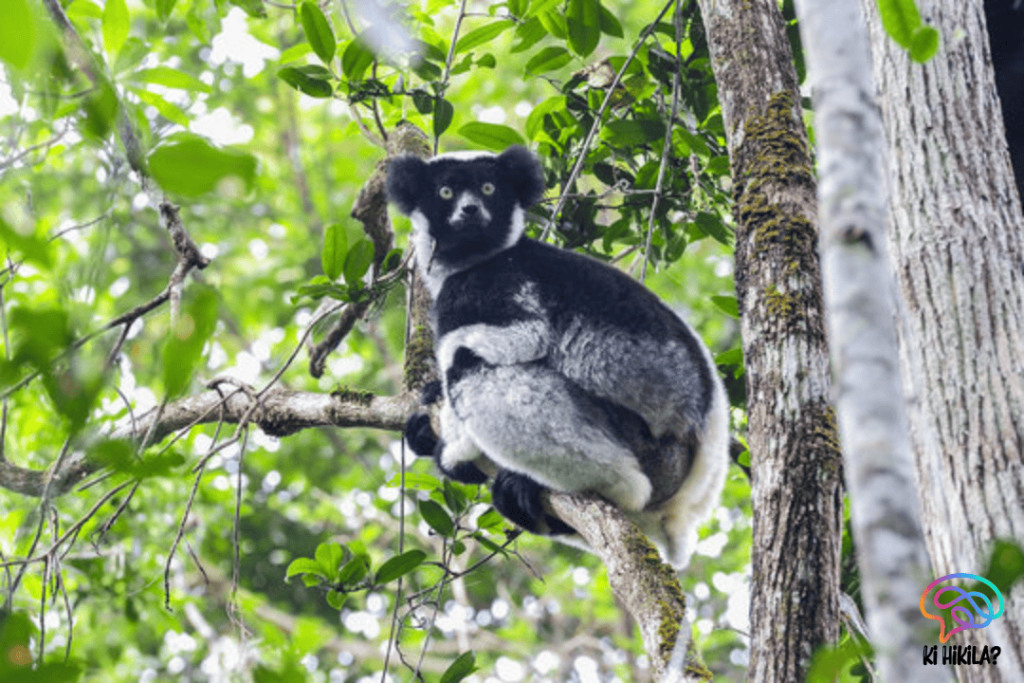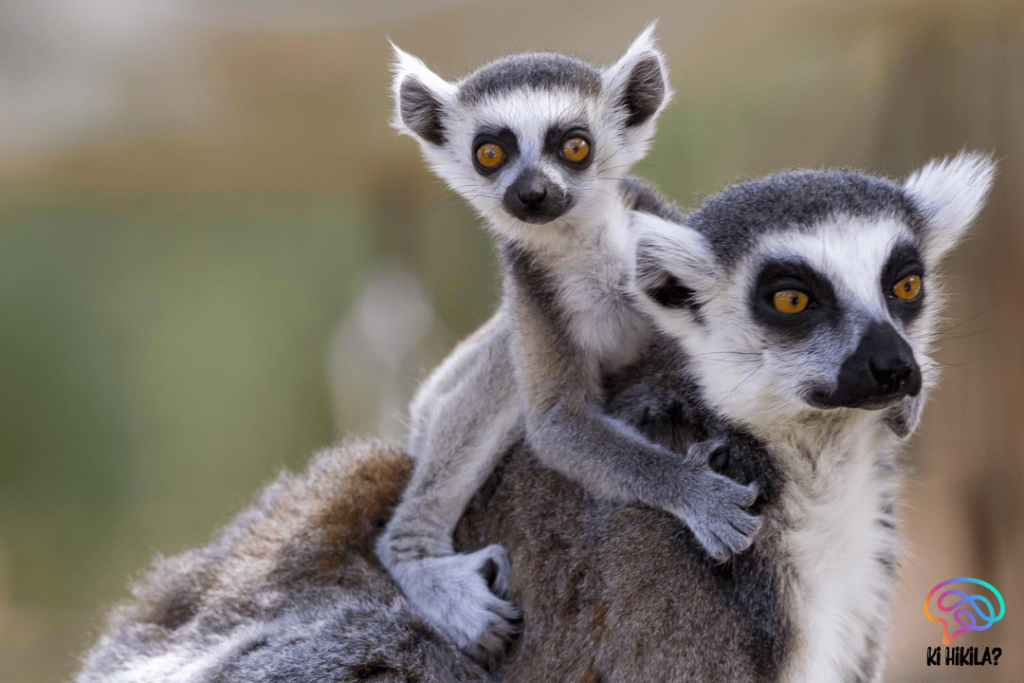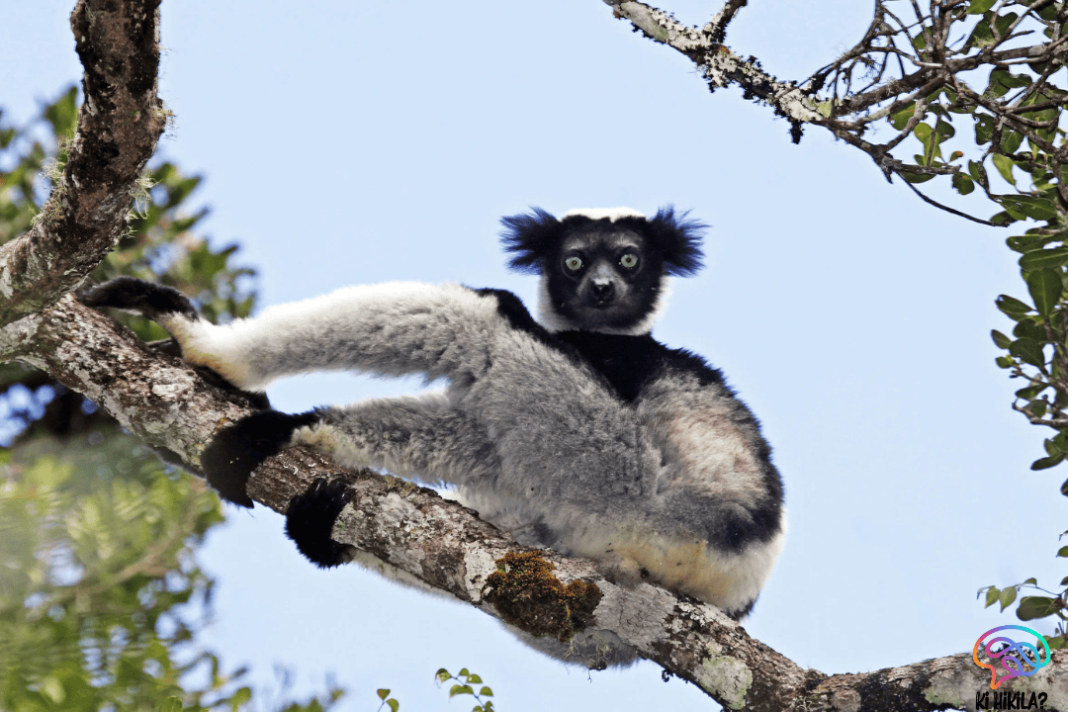The Indri Lemur Microbiome has been analysed for the first time, offering groundbreaking insights into the gut bacteria of one of Madagascar’s most iconic and critically endangered species. This pioneering study reveals not only a host of unique bacterial species but also fascinating patterns of social transmission within indri communities. These findings open up an entirely new dimension in the conversation about wildlife conservation, biodiversity, and the ecological interconnectedness of species and their habitats.
Introduction to the Indri Lemur
The Indri lemur (Indri indri), locally known as babakoto, is the largest living lemur species, found exclusively in the lush tropical forests of north-east Madagascar. Completely arboreal, the indri spends its life among the treetops, feeding on a diet of leaves, fruits, seeds, flowers, bark, and occasionally even soil.
These lemurs are known for their distinctive social structures. They live in small, stable family groups, typically consisting of two to five individuals. Remarkably, these groups are both monogamous and matriarchal, with females taking the lead in decision-making and territory management. Territorial boundaries are strictly maintained, and interactions between separate groups are rare.

Tragically, the indri is critically endangered, with its survival threatened by rapid habitat loss driven by deforestation, slash-and-burn agriculture, and the broader impacts of climate change. Unlike many other primates, indris cannot survive in captivity, making the protection of their natural habitat absolutely essential.
Groundbreaking Study on the Indri Lemur Microbiome
For the first time, researchers have undertaken a detailed analysis of the Indri Lemur Microbiome, examining faecal and soil samples collected from six different family groups. This research was carried out using advanced genome assembly techniques, allowing scientists to identify and catalogue bacterial species living inside the indri’s intestinal tract. The results, published in The ISME Journal, have the potential to reshape our understanding of how microbiomes influence species health and survival.
Key Discoveries in Microbiome Composition
The research uncovered 48 distinct bacterial species in the indri gut microbiome. Astonishingly, 47 of these were previously unknown to science and found exclusively in indris. The only known bacterium identified was Escherichia coli, and even this was mostly associated with indri populations living closer to human settlements.
This discovery is significant for several reasons:
- Host-specific uniqueness – The indri appears to host an entirely specialised microbial community, likely co-evolved over millennia.
- Biodiversity within biodiversity – The extinction of the indri would not only mean the loss of the species but also the disappearance of these unique bacteria, which could have unknown ecological or medicinal value.
Social Transmission of the Microbiome
One of the most fascinating aspects of the study was the discovery of microbiome social transmission. Within each family group, members shared specific bacterial strains not found in any other group. This suggests that close social interactions—such as grooming, food sharing, and maternal care—play a crucial role in shaping gut microbial communities.
Interestingly, despite occasionally ingesting soil while foraging, the bacteria present in soil samples did not appear in the gut microbiome. This means the microbiome is not simply a result of environmental exposure but is instead closely tied to social and genetic lineage.
Moreover, the genetic differences in bacterial strains mirrored the geographic separation of the family groups. Populations that were more isolated geographically showed more distinct microbial profiles, further supporting the idea that each group’s microbiome evolves in relative isolation.
Why the Indri Lemur Microbiome Matters for Conservation
The implications of this study extend far beyond microbiology. Understanding the Indri Lemur Microbiome adds a new layer to conservation strategies by recognising that protecting the species also means preserving their unique gut bacteria.
Here are some key conservation takeaways:
- Habitat preservation safeguards both the lemur and its microbiome.
- Microbiome monitoring could become a tool to assess population health, detect stress, and evaluate the effects of environmental changes.
- Social structure preservation is vital, as disrupting family groups could lead to microbiome loss or alteration.
Given that the indri cannot survive in captivity, any conservation approach must prioritise maintaining large, connected forest habitats to allow for genetic diversity and the continued exchange of microbial strains within the species.
Broader Ecological Significance

The study also highlights a broader truth: animals and their microbiomes are inseparable partners in survival. Microbiomes influence digestion, immunity, and even behaviour. For a leaf-eating species like the indri, gut bacteria are essential for breaking down fibrous plant material and extracting nutrients. Losing such a specialised microbiome could have catastrophic effects on health and reproduction.
In a time when ecosystems are fragmenting and species are disappearing at alarming rates, recognising the hidden biodiversity inside each animal could transform how we think about conservation. Protecting a species means protecting its entire biological ecosystem—visible and invisible alike.
Conclusion
The Indri Lemur Microbiome is more than a scientific curiosity—it is a vital part of the indri’s survival and an irreplaceable element of Madagascar’s natural heritage. This groundbreaking research not only deepens our understanding of the indri but also underscores the need for holistic conservation strategies that protect both species and their microbial partners.
In safeguarding the indri, we are also preserving an ancient, unique microbial legacy—one that may hold untold ecological, evolutionary, and even biomedical value for the future.



